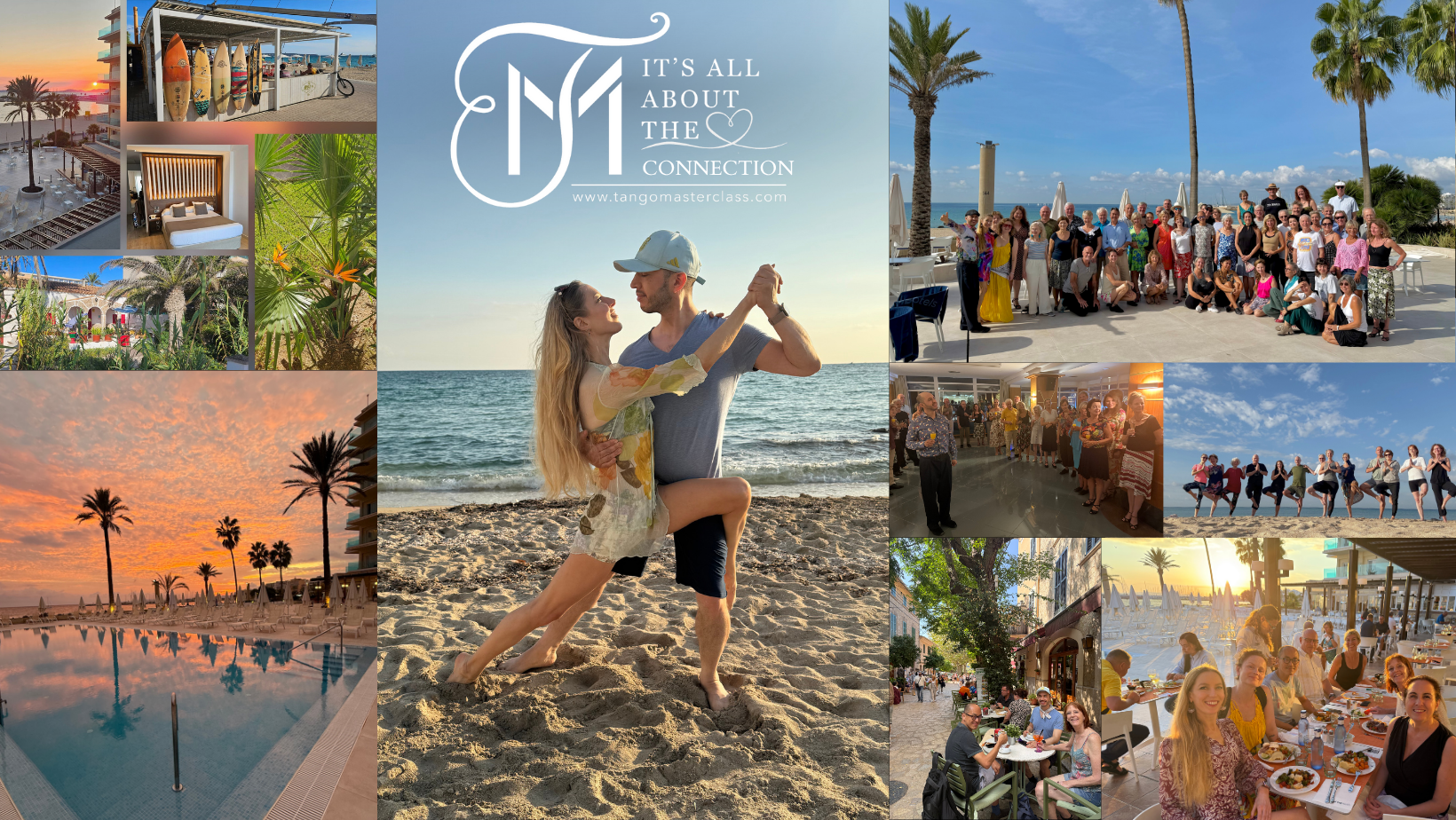Find stillness in the midst of a storm
Jun 01, 2022
© by Cosima Diaz Campos
In todays workout for tangodancers we started and finished with a cosy blanket wrapped around us. Some days we just need that little reminder that we can feel loved and hugged, no matter what happens. The comfort of a blanket wrapped around us can be a way to cultivate that feeling.
From this safe and hugged feeling, we can do challenging balancing excercises.
We selected two balancing postures that are great for tangodancers.
Natarajasana - Lord of the Dance Pose or King Dancer Pose - is named after Nataraj, Shiva. Shiva's dance symbolizes the rhythmical and musical play as the source of all movement within the universe. The purpose of Shiva's dance is to release the souls of humans form the trap of illusion. The place of his dance is portrayed as the center of the universe, which is within the heart.
Benefit of this posture is to find calm, steady, stillness.
We use focus points to connect with the present: the breath, the gaze, and the contact.
During our balancing we connect and reconnect to the present.
If your attention drifts, notice it, and come back to the present, it's a gift. 
Awareness
- each breath in
- each breath out
- focussed gaze
- active core
- root to rise: press into the ground and rise up from the crown of the head
- press with foot into hand
Additional tips for this posture
- thighs stay in the same line (the free knee will not go outside)
- hips stay levelled horizontally (we don't open and lift one side of the hips)
- bellybutton pulled inside to activate the core and protect the spine (m. abdominis transversus and mm. multifidi).
Note: natarajasana exists in many variations. The focus remains the same for all posture variations.
Balancing Quadriceps Stretch for Tango dancers
In our tango trainings we also do the balancing quadriceps.
In contrast to the Natarajasana, in this posture we will keep the pelvis tilted backwards, so we try to flatten our lower back instead of arching it like in the Lord of the Dance pose. This way we intensify the stretch to our quadriceps muscles. We pull the foot in towards our glutes. We press into the floor with our standing leg: root to rise.
Benefits of quadriceps stretch is more mobility in our hip extention. If we have more freedom in our hip extension, our lower back will be protected. Movements that improve in tango:
- back step
- front step
- back voleo (low and high)
- piqué
Supported Starting Variation
Place one hand on a chair or at the wall for support.

About Cosima Diaz Campos
"My love for tango started with the music (conservatorium Tango Violin) in 1996, and continued with the tango dance a few years later. I have been an Argentine Tango dance performer, choreographer and instructor for over 20 years. With a background in physiotherapy - specialized in healthy posture & movement - I have a good foundation to build my classes from the basics up. From analysis to synthesis. Art (including Tango), Yoga, and Mindfulness are the pillars of my private and professional life."


